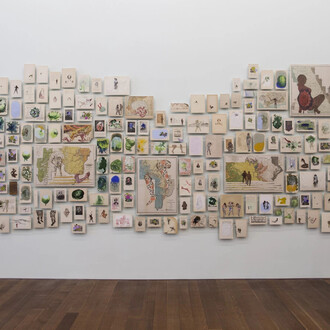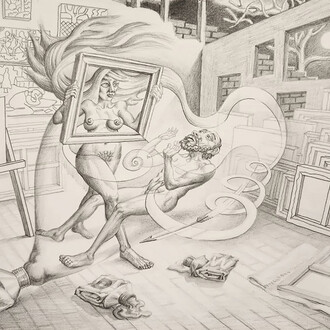Revolution to restoration: french drawings from The Horvitz Collection features approximately 90 drawings made from the 1770s through the 1850s, one of the most turbulent periods in French history.
During this time, France abolished the monarchy, established a republic, terrorized perceived political enemies, waged war across the continent, imposed an empire, and eventually reinstated the monarchy—and these are only a handful of the tumultuous episodes that occurred across this 80-year period. Despite this profound instability, the country’s cultural environment flourished, spurring a significant stylistic shift in artistic production. Influenced by the rationalist ideas and moral seriousness of such Enlightenment thinkers as Voltaire and Jean-Jacques Rousseau, and inspired by important archaeological discoveries that radically altered contemporary ideas about the ancient Greco-Roman past, artists turned away from the playful, decadent Rococo style of the mid-18th century. In its place they adopted a more restrained and disciplined style, now known as Neoclassicism, a term invented only in the 19th century.
Featuring works by the most accomplished and influential artists of the time, including Jacques-Louis David, Jean Auguste Dominique Ingres, Pierre-Paul Prud’hon, and Théodore Géricault, the exhibition explores the impact of ancient Greek and Roman art, history, and mythology on artistic production, as well as the role of the Academy, changing social norms, and convulsive contemporary events.
















